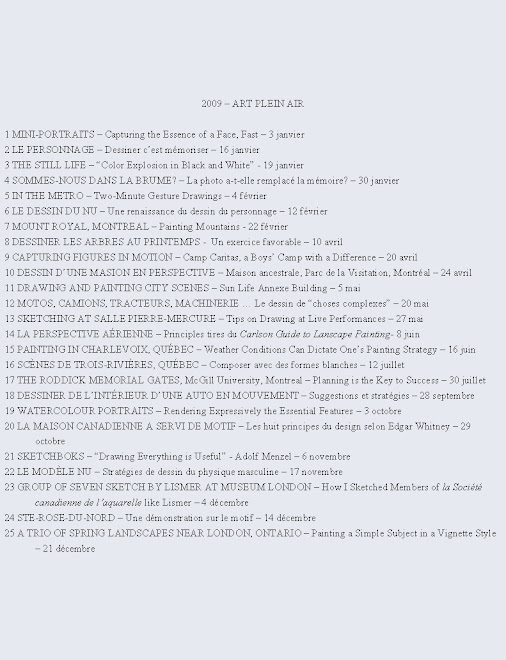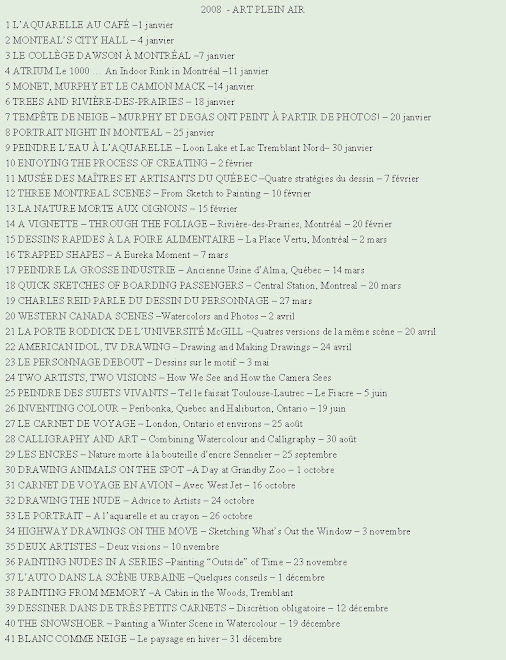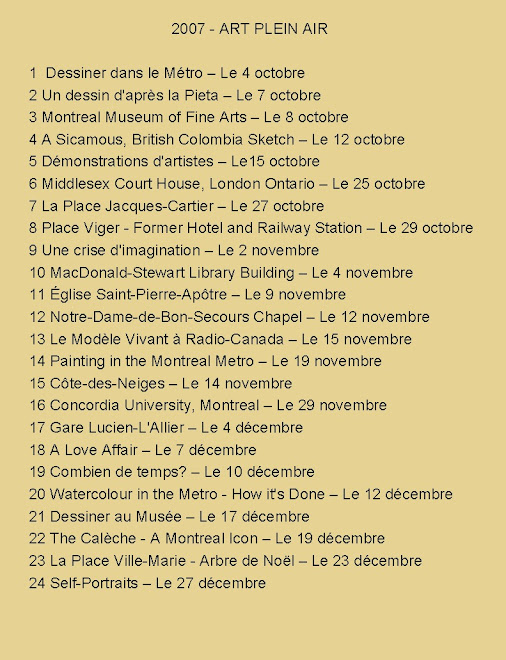
Although daunting at first, drawing people in motion can be done. One can always work from photos but it is not the same. My goal when doing these is to learn and understand. One can practice drawing from static photos but one will find it difficult to render the feeling of motion.
My first attempts at drawing skaters were less than successful. One has to consider that the skater does not stand still for very long if at all. Once you have looked at the skater and jotted down a few lines he or she is out of sight.
I have tried using various drawing or painting tools to draw these fleeting images and have found no magic solution or formula. All have pros and cons. Try various media. Here are some suggestions:

Pencil: The advantage of drawing motion in pencil is that the sketch can be readjusted. However, that is also a disadvantage because knowing that the drawing can be erased can tempt one to erase during the session. This goes against the goal of getting down the figure in motion as fast as possible. A disproportionate amount of time may be spent correcting instead of observing and storing information.
Peter Steinhart in the book The Undressed Art says: “Drawing at least requires the ability to separate a figure from its ground or setting and the abilities to detect shapes, forms, sizes and orientation. It requires some mechanism for storing that information on a short-term basis and for passing it on to other parts of the brain that will translate it into line or shape or value, or all three. We are severely limited as to the amount of information we can hold in mind at any one time. (That is, in fact, one of the reasons we draw.)”
The water-reservoir paint brush : This recently invented tool is ideal for getting down on paper quickly both line and shape. Because the water is stored inside the reservoir precious time is saved. One has just to touch a watercolor cake briefly with the brush and transfer the color onto the paper. If a lighter tone is needed, a simple squeeze of the plastic holder will emit water which can then be spread. When painting moving figures this tool well adapts to fluid motion because by its very nature paint is fluid and flows.
Water-soluble pencils : The advantage of these pencils is that they can be used in conjunction with the water-reservoir brush. I would suggest limiting yourself to one color at first or just a plain gray or a pencil wash. The strategy is to get the general shape of the moving figure down with a few quick thick lines and then working back into them to adjust the shapes.

Permanent India ink markers combined with watercolour : My tool of preference for drawing these skaters is the felt pen. I usually add loose watercolour washes to it. As I have mentioned in previous texts, drawing with a permanent marker forces one to get the line correctly drawn in the first go. It is as if one works with heightened awareness. What I have personally noticed also is that when drawing with pen I tend to get down the essentials. It seems that my brain knows that I have only one chance to “get it right” and thereby “mentally photographs” the shapes quickly. After repeated sessions I have noticed that I will “invent” parts of the body that have long passed by because my memory bank of “skating positions” now fills in the missing parts. I am not at the point of inventing a whole scene from memory. Nevertheless, the more often I draw skaters the easier it gets.

About Leonardo da Vinci: “Today, very likely, Leonardo would suggest watching the action of basketball players, gymnasts, boxers, and soccer players; as a matter of fact, he did recommend watching the players of his time. Each sport, depending on the rules of the game, has characteristic movements associated with it. “ Quoted from Chapter VI Man in Motion in LEONARDO DA VINCI’S ADVICE TO ARTISTS edited and annotated by Emery Kelen.
Material used to do the illustrated sketches: Watercolor Field Book by Pro Art, 7” x 10”; Micron 03 archival ink pen; Fragonard and Sennelier pan colors; Holbein water-reservoir brush and Isabey Petit Gris brushes.
Raynald Murphy sca









Aucun commentaire:
Enregistrer un commentaire